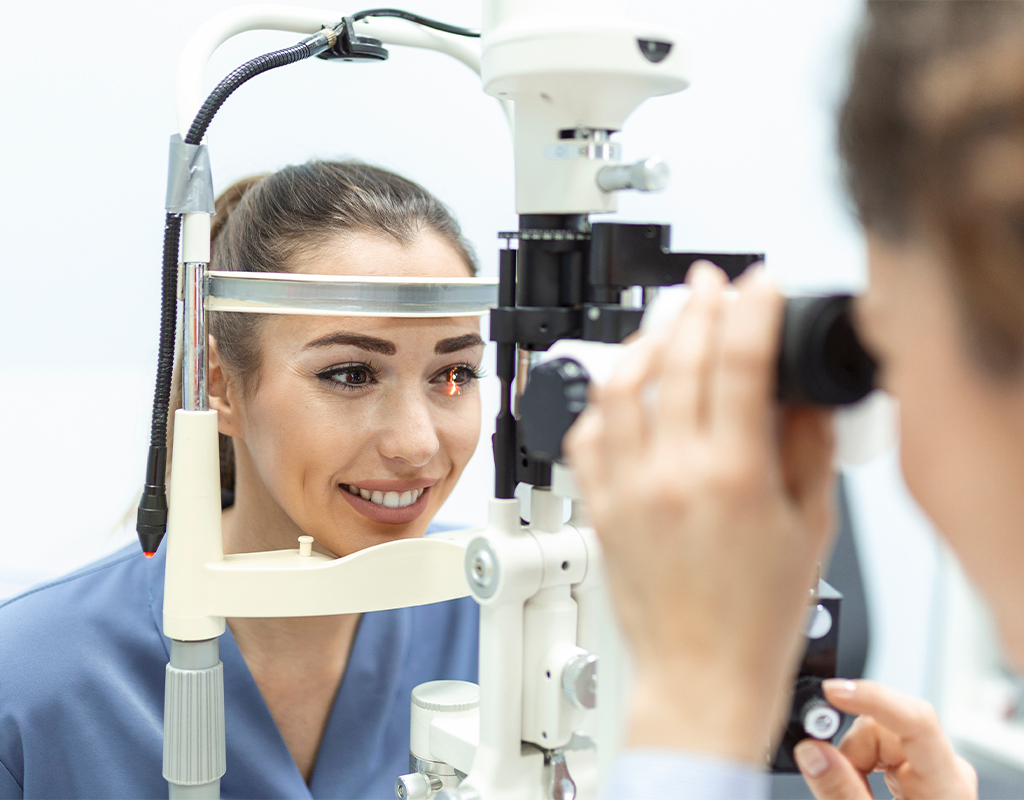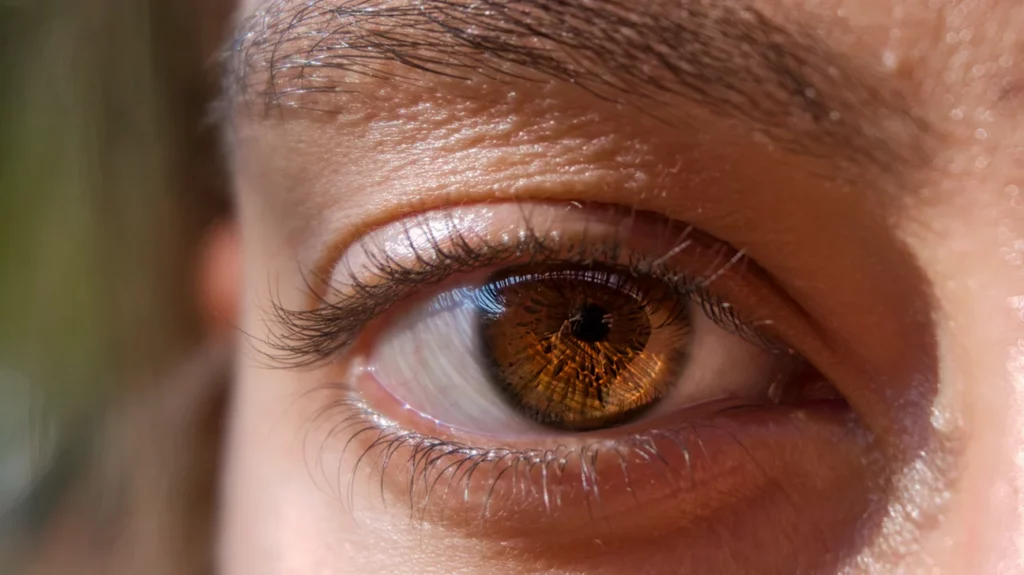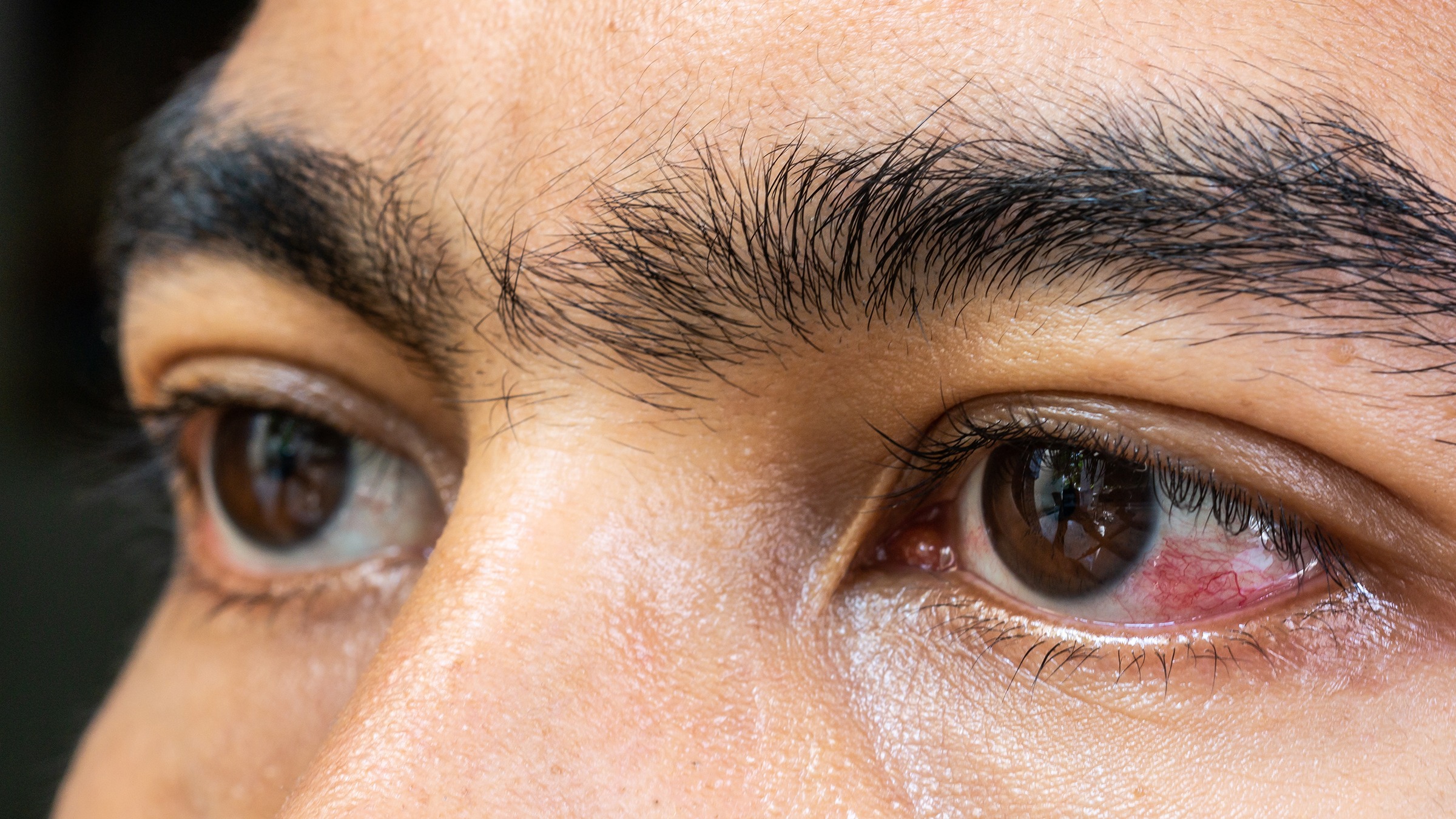Retinal Diseases: Early Signs and Why You Should Act Fast
Retinal diseases encompass a variety of conditions that can severely impact vision, often leading to permanent damage if not caught early. Understanding the nature of these diseases and recognizing their early signs is crucial for maintaining eye health. In this article, we will explore the types of retinal diseases, the importance of early detection, and what measures can be taken to prevent these conditions from worsening.
Understanding Retinal Diseases
What are Retinal Diseases?
Retinal diseases are disorders that affect the retina, the thin layer of tissue located at the back of the eye. This layer is crucial for converting light into neural signals that the brain interprets as images. When the retina becomes damaged, it can lead to significant vision impairment or complete blindness. Symptoms can vary widely, depending on the specific condition affecting the retina.
Common causes of retinal diseases include genetics, aging, diabetes, and other systemic diseases. The retina is sensitive and can be easily affected by changes in blood flow, inflammation, or accumulation of substances that can cause cellular damage. Moreover, lifestyle factors such as smoking, poor diet, and lack of exercise can exacerbate the risk of developing these conditions, making awareness and preventive measures essential for maintaining eye health.
Common Types of Retinal Diseases
Diabetic Retinopathy: A complication of diabetes that affects blood vessels in the retina.
Age-Related Macular Degeneration (AMD): A leading cause of vision loss in older adults characterized by damage to the macula.
Retinal Detachment: A serious condition where the retina separates from the underlying tissue.
Retinitis Pigmentosa: A genetic disorder causing vision loss due to the degeneration of retinal cells.
Uveitis: Inflammation of the middle layer of the eye that can lead to retinal damage if untreated.
Each type of retinal disease presents its own set of challenges, necessitating different diagnostic and treatment approaches. For instance, diabetic retinopathy often requires regular eye examinations to monitor changes, while AMD may be managed with dietary supplements and laser therapy to slow progression. Additionally, understanding the underlying mechanisms of these diseases is crucial; for example, research is ongoing into the role of oxidative stress and inflammation in retinal degeneration, which could lead to novel therapeutic strategies. As technology advances, innovative treatments such as gene therapy and retinal implants are also being explored, offering hope for those affected by these debilitating conditions. Learn more about dietary supplements at https://www.health.harvard.edu/staying-healthy/dietary-supplements-do-they-help-or-hurt

The Importance of Early Detection
The Role of Regular Eye Exams
Regular eye exams are an essential component in the early detection of retinal diseases. These check-ups allow eye care professionals to identify changes in retinal health before they progress into more severe issues. During an eye exam, techniques such as dilated eye exams and imaging tests provide critical insights into the condition of the retina.
Moreover, individuals with risk factors—such as diabetes or a family history of eye diseases—should have comprehensive eye exams more frequently. Being proactive in eye health can significantly reduce the risk of vision loss. In addition to these exams, patients can also benefit from understanding their own eye health through education about common symptoms to watch for, such as blurred vision, floaters, or sudden changes in vision. This knowledge empowers patients to seek help promptly, further enhancing the chances of successful treatment.
The Impact of Delayed Treatment
Delaying treatment for retinal diseases can have dire consequences. Even minor symptoms can indicate a significant underlying issue that, if left untreated, can lead to irreversible damage. For example, diabetic retinopathy can progress from mild to severe very quickly. The sooner treatment begins, the better the prognosis for preserving vision.
Moreover, delays often result in more invasive interventions being required later on, which can be more complicated and have longer recovery times. In some cases, patients may find themselves facing not only the physical challenges of vision loss but also the emotional and psychological impacts that accompany such changes. The fear and anxiety surrounding potential blindness can be overwhelming, making it crucial for individuals to prioritize their eye health and adhere to recommended screening schedules. Understanding the importance of timely intervention can foster a culture of vigilance and care, ultimately leading to better outcomes for those at risk.
Recognizing the Early Signs of Retinal Diseases
Physical Symptoms to Watch Out For
Recognizing the early symptoms of retinal diseases can be challenging, as some changes may seem minor. However, there are several physical symptoms to be vigilant about:
Sudden flashes of light or floaters in the field of vision.
Blurry or distorted vision that affects one or both eyes.
A blind spot in the visual field.
Changes in color perception.
These symptoms should never be ignored, as they can indicate significant retinal issues that may require immediate intervention. For instance, flashes of light or floaters can be a sign of retinal detachment, a serious condition that can lead to permanent vision loss if not treated promptly. It’s essential to pay attention to the frequency and intensity of these occurrences, as an increase in floaters or sudden flashes can warrant an urgent visit to an eye care professional.
Changes in Vision and Other Warning Signs
In addition to physical symptoms, there are specific changes in vision that could signify retinal disease. Patients may notice:
Difficulties in reading or recognizing faces.
Gradual loss of central vision.
Understanding that colors appear dull or washed out.
A sudden decrease in overall vision clarity.
If any of these changes occur, it is crucial to seek medical attention promptly. Early assessments can help mitigate the risks associated with more extensive retinal damage. Moreover, it’s important to consider that these symptoms can also be accompanied by other systemic issues, such as diabetes or hypertension, which can exacerbate retinal conditions. Regular eye examinations and monitoring of overall health can play a vital role in early detection and treatment, ensuring that any potential complications are addressed before they escalate into more serious problems. To read about things that cause retinal damage click here.
The Urgency of Immediate Action
How Quick Response Can Save Your Vision
Acting quickly upon noticing symptoms related to retinal diseases can be life-saving for your vision. Immediate consultation with an eye care professional can lead to early diagnosis and treatment options that are far less invasive. Conditions such as retinal detachment require a prompt response to prevent permanent vision loss.
Additionally, advancements in medical technology have made it possible to treat many retinal conditions more effectively when they are caught early, allowing many patients to maintain their quality of life. For instance, procedures like laser photocoagulation and intravitreal injections have revolutionized the way we manage conditions such as diabetic retinopathy and age-related macular degeneration. These treatments can stabilize or even improve vision when administered promptly, emphasizing the importance of not delaying a visit to an eye specialist.
The Risks of Ignoring Early Signs
Ignoring early signs of retinal diseases is a risky approach that could lead to profound consequences. Many individuals may underestimate the severity of their symptoms or believe that they will simply resolve over time. Unfortunately, this misconception often results in delayed treatment that could save their vision.
Ignoring symptoms also increases the likelihood that the condition will progress, leading to complications that could have been avoided. For example, untreated retinal tears can lead to retinal detachment, a serious condition that often necessitates surgical intervention. Moreover, the emotional toll of vision loss can be significant, affecting not only one’s ability to perform daily tasks but also impacting mental health and overall quality of life. It is vital to stay vigilant and proactive regarding eye health, as often the fastest response can lead to the best outcomes. Regular eye exams and being aware of changes in your vision can serve as your first line of defense against these potentially devastating conditions.

Prevention and Management of Retinal Diseases
Lifestyle Changes for Retinal Health
Taking proactive steps to maintain retinal health can go a long way in preventing diseases. Adopting a healthy lifestyle, including:
Eating a balanced diet rich in vitamins and minerals.
Exercising regularly to improve blood circulation.
Avoiding smoking and excessive alcohol consumption.
Managing chronic conditions like diabetes and hypertension.
By focusing on these positive habits, individuals can significantly reduce their risk factors and enhance their overall eye health. Incorporating foods high in antioxidants, such as leafy greens, carrots, and fish rich in omega-3 fatty acids, can further support retinal function. Additionally, staying hydrated is essential, as it helps maintain optimal eye moisture and reduces the risk of dryness, which can exacerbate retinal issues. Engaging in mindfulness practices, such as yoga or meditation, can also contribute to overall well-being, helping to manage stress, which is often linked to various health conditions, including those affecting the eyes.
Medical Interventions and Treatments
In instances where retinal diseases are diagnosed, various medical interventions can be utilized. Treatments may include:
Laser treatments to target specific areas of the retina.
Injections of medications into the eye to help control swelling or abnormal blood vessel growth.
Surgery to repair retinal detachments or remove scar tissue.
It is crucial that treatment plans be discussed with a healthcare provider who specializes in retinal health, as they can tailor therapies to the individual needs of the patient. Furthermore, advancements in technology have led to innovative treatment options, such as gene therapy, which aims to address the underlying genetic causes of certain retinal diseases. Clinical trials are ongoing, offering hope for more effective therapies that could potentially restore vision for those affected by degenerative conditions. Regular follow-ups are essential to monitor the effectiveness of treatments and make necessary adjustments, ensuring that patients receive the best possible care tailored to their evolving needs.
In conclusion, understanding retinal diseases, recognizing early symptoms, and taking timely action are vital for preserving vision. Regular eye examinations, adopting healthy lifestyles, and acting quickly when symptoms arise can significantly impact outcomes.
Related : Retinal Treatments: How Specialists Restore and Protect Vision

